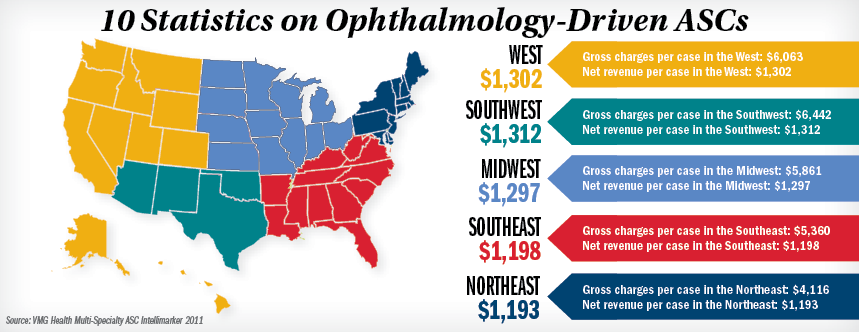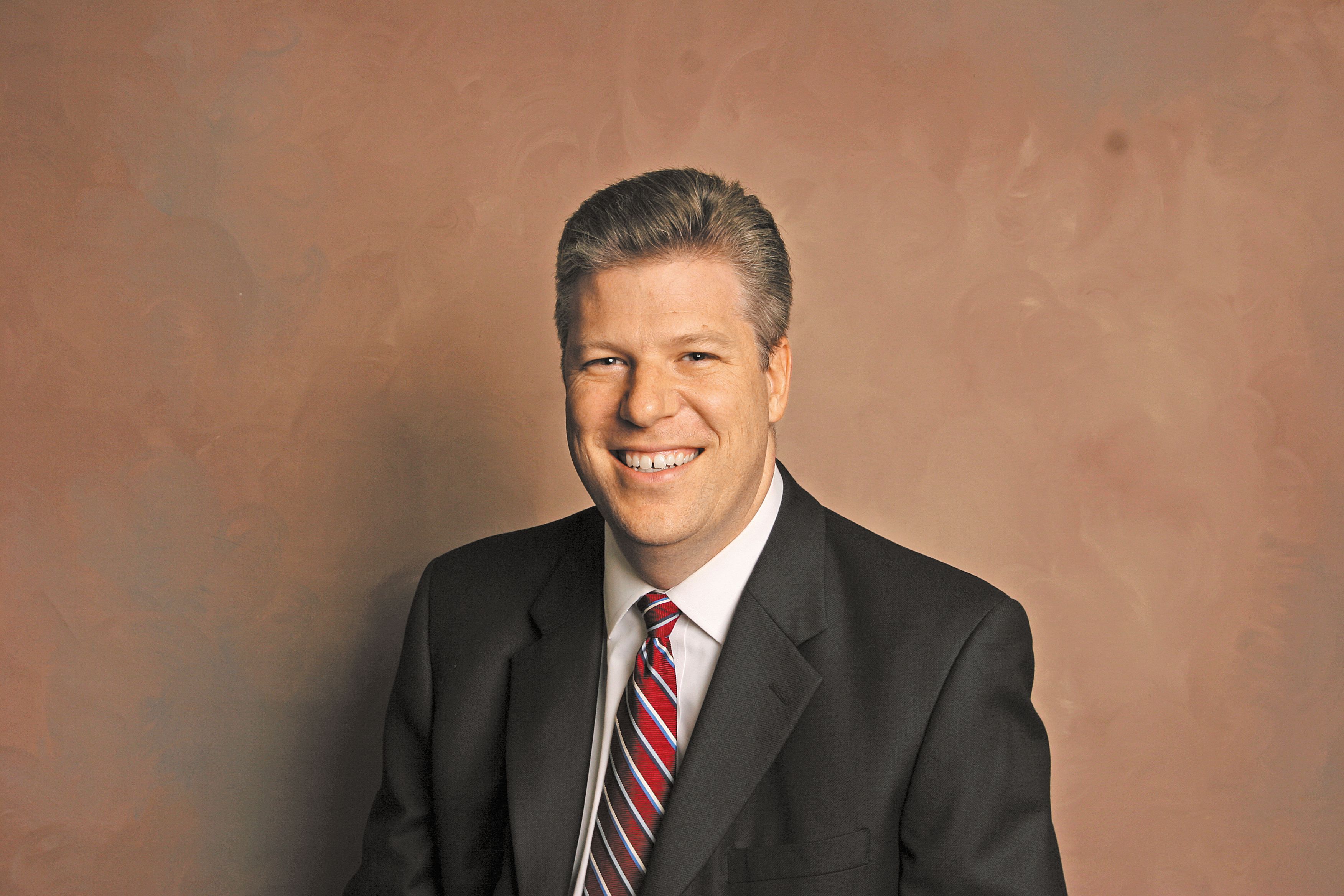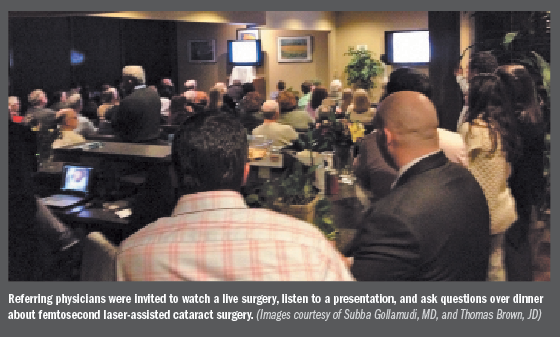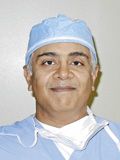Article
How to prepare staff and co-managing partners for laser-cataract
With the next step in cataract surgery, femtosecond laser-assisted cataract surgery, it is important to education physicians, staff members, and patients on the technology.
Take Home
With the next step in cataract surgery, femtosecond laser-assisted cataract surgery, it is important to education physicians, staff members, and patients on the technology.

By Subba Gollamudi, MD and Thomas Brown, JD, Special to Ophthalmology Times
The most recent evolution to cataract surgery-femtosecond laser-assisted cataract surgery-is proving to have a number of benefits. As with anything new, education about the technology is necessary for physicians, staff, and the patients. With careful planning, your practice can successfully implement and transition to a laser cataract surgical center.
In this article, we will share the experiences of how our implementation plan served to benefit not only our practice, but also the patients, and ultimately, the bottom line.
Do it right

Dr. Brown
There are critical steps to take well before the actual purchase and installation of a laser machine. The process is not a single event, as each step builds upon the next.
Of utmost consideration is the enthusiastic support of the physician team who will use the machine. With multiple surgeons, we knew it was necessary to have a 100% buy-in. Not only about the financial outlay required to purchase a machine, but also confidence that we selected the “right” machine based on the needs of our practice.
My colleagues and I began the decision making process by visiting a practice with a laser already in use. They observed every stage of the process from patient counseling, to the actual surgical procedure, to witnessing the successful outcomes. The excitement about this technology from the host doctors and their patients convinced us that we needed this cutting-edge technology in order to continue to be an area market leader for cataract surgery. We then began the process of due diligence to find out what machine would be the best fit for us. We visited multiple surgical sites over the next several months to observe the processes and operations of practices that had successfully implemented laser cataract surgery.
Find the right fit
To select a machine for our practice, we evaluated both clinical and financial considerations. Clinically, we needed our equipment to make the surgical process easier and more reliable so we could confidently deliver the results we promised. We felt it was important to invest in a machine engineered specifically for cataract removal, and we wanted the design to reflect the unique and specific considerations of a cataract surgical suite.

From a financial perspective, although price was definitely an important consideration, the key factor was what we call the “enthusiasm return.” We understood that all of our doctors needed to be enthusiastic about the quality and capabilities of the machine, regardless of the cost. If the doctors are not excited about the machine, they will not use it as often.
Ultimately, after weighing all factors, we selected the Catalys Precision Laser System (Abbott Medical Optics). Although not the least expensive laser on the market, we felt it had that “it” factor that made it the obvious choice for our practice. We knew that with the outcomes we were seeing that we could successfully integrate it into our practice and come out ahead financially. The investment in the laser has driven up our numbers by nearly 15% over this same period a year ago.
Plan the laser surgical suite
Once a decision is made about what equipment to purchase and a timeline established for installation, planning the logistical aspects of space allocation and flow began for the surgical suite. We rebuilt a space in the office from the ground up and designed it to the specs of the machine. In consideration of our ongoing marketing efforts, we included an observation room with a sleek, modern design, dim lights, and a 42-inch flat screen. We regularly invite colleagues and referring doctors to observe the laser cataract surgical procedure.
Prepare the staff

Dr. Gollamudi
Once we made the decision to go forward with the purchase and installation of the laser, we turned our attention to generating significant excitement among our staff about the laser. To begin, we gathered our anterior segment team together and our surgical team announced the new technology. Each doctor provided a testimonial to the staff, described the due diligence process, and what they observed at the different practices they visited. We each also discussed the specific reasons we chose the laser. Each physician demonstrated a clear buy-in to the new technology. The surgeons encouraged the staff members, technicians, and surgery coordinators to ask questions. We successfully created a buzz of excitement by virtue of the fact that our physicians were so willing to spend this time with our staff and explain in detail and depth the reasons why we were making this commitment to new technology.
Of particular concern to our staff was the increase in the procedural price passed on to the patient. We needed to assure our staff that this wasn’t just “another procedure,” but rather, a better way to perform cataract surgery. We made sure our staff bought into our feeling of confidence that even though this procedure would cost the patient more, it would ultimately be of benefit to the patient.
Our staff members also expressed concern about adding additional steps such as extra testing, and further discussions with patients. We are a very busy practice and our existing patient flow was working quite well. Naturally, our staff was concerned the changes would bog us down. To combat this concern we assured our staff that we would work together with them to create the efficiencies and the steps necessary to incorporate the changes into the daily routine, without significant disruption.
Co-manage optometrists, referring doctors
An important aspect to implementing laser cataract surgery was to educate the referring optometrists. We wanted them to feel our enthusiasm and understand the clinical differences of this new technology. We also wanted to convey the potential for financial gains.
We find that it is very effective to have high-quality materials that include good, colorful images because both patients and doctors like to have something in their hands. The manufacturer provided marketing materials that we adapted and customized with our logo. We produced a variety of media, including DVDs, pamphlets, and placemats (Image 1).
Our staff was able to utilize and give these materials to our patients during counseling sessions. We also distributed these materials to referring doctors to use in their practices.
We implemented a continuing education program with our referring optometrists. We offer monthly courses and provide the opportunity for the optometrists to discuss questions or concerns informally, doctor to doctor.
In addition, we invite doctors to join us for dinner while we discuss the technology of our cataract laser surgery procedure. Our in-house marketing director maintains contact by delivering materials to the referral community individually and reinforcing the message we delivered doctor to doctor.
We also invite optometrists to observe surgeries from our state-of-the-art observation room. This allows the doctors to see the surgery first-hand, serves to educate them about what a patient can expect during the procedure, and reassures them that we will take good care of the patients they refer to us.
Outcomes
Following installation of our laser, we began the process of lining up our first patients. We handpicked patients that we felt would have the least complications so that we could get our feet wet with the technology. This allowed us to quickly acquire a high comfort level and confidence in the technology before moving on to more complicated cases. A side benefit of this was that we had excellent outcomes very early on to share with our referring community. We made sure to convey directly to our staff and referring doctors the superior outcomes we were getting and to get their input as we fine-tuned the logistical processes of patient care and some of the clinical facets of surgery. We held an open house and invited our entire referral community to observe live surgery over dinner followed by a presentation and question and answer period (Image 2).
The addition of the laser to our practice is proving to be an excellent investment. In only 6 months, we have seen a definite upward trend posting an increase of our patient load by 13% over the same period last year. We attribute this increase to the excitement about the new technology.
Initially, we had some concern that we were not the first to market with a cataract laser machine, however, that has actually been to our benefit. The doctors who jumped first into the new technology advertised extensively, providing initial public education. We have been able to capitalize and expand upon this initial public awareness, creating quite a bit of momentum for our practice.
Laser cataract surgery is the future of cataract surgery. With the benefits of femtosecond cataract surgery now backed up by scientific evidence-and with the right strategy and marketing plan in place-your practice can also see the dividends associated with better patient care and satisfaction.
Subba Gollamudi, MD
P: (901) 685-2200
Dr. Gollamudi is in practice with the Eye Specialty Group in Memphis, TN. Dr. Gollamudi specializes in LASIK and other refractive surgeries. He lectures across the United States and has published papers about his research in eye disease and treatment.
Subscribe to Ophthalmology Times to receive the latest clinical news and updates for ophthalmologists.
Newsletter
Don’t miss out—get Ophthalmology Times updates on the latest clinical advancements and expert interviews, straight to your inbox.





